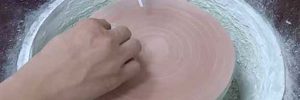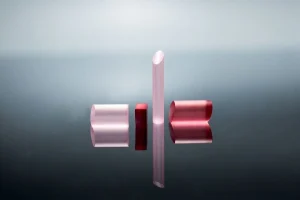Introduction
In the rapidly evolving world of laser technology, the choice of gain medium plays a pivotal role in determining the efficiency and utility of a laser system. With applications ranging from medical procedures to precision manufacturing, the right gain medium can significantly amplify the performance of a nanosecond laser system. In this comprehensive analysis, we’ll delve deep into the intricacies of four renowned gain media: Nd:YAG, Nd:YVO4, Nd:Glass, and Cr:YAG.
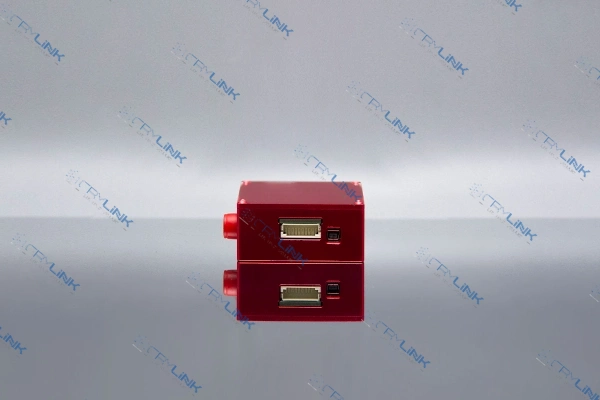
1. Nd:YAG (Neodymium-Doped Yttrium Aluminum Garnet)
The Nd:YAG, or Neodymium-Doped Yttrium Aluminum Garnet, stands as one of the most revered gain media in the world of lasers. Its intrinsic properties make it a cornerstone for many applications that rely heavily on the preciseness and efficiency of laser systems.
Starting with the emission wavelength, the Nd:YAG laser has a notable emission at 1064 nm, squarely in the near-infrared region. This specific wavelength is not just a random number. It signifies a wavelength that strikes an optimum balance between the depth it can penetrate materials and the level at which those materials can absorb it. Imagine a surgeon performing delicate operations or an engineer working on precision tasks; the capability to reach specific depths without causing undue damage is vital. This is where the 1064 nm wavelength of Nd:YAG lasers becomes invaluable, rendering them indispensable in a multitude of applications.
Further, any seasoned expert in the field will vouch for the significance of energy storage in lasers. Energy storage can be likened to the stamina of an athlete; the higher it is, the longer and more powerfully they can perform. The Nd:YAG laser, in this analogy, would be a top-tier athlete. Its energy storage capability is robust, ensuring that when high peak power operations are necessary, this laser doesn’t falter. Applications demanding strong bursts of energy, or high energy pulses, find a reliable partner in Nd:YAG lasers.
Moreover, the peak power and efficiency of Nd:YAG lasers deserve a special mention. High peak power translates to the laser’s ability to deliver intense energy in a short duration. This makes Nd:YAG lasers especially suitable for tasks that require a combination of precision and power. In addition to their formidable power, these lasers are also efficient. Their quantum efficiency is a testament to how effectively they can use energy, ensuring that minimal energy is wasted in the form of heat or other non-useful emissions.
Lastly, while many high-powered systems grapple with thermal management issues, the Nd:YAG lasers shine yet again. Their thermal properties are such that managing heat and maintaining the beam’s quality over prolonged operations become less of a challenge. This is not to say they are without any quirks. One distinct characteristic of Nd:YAG lasers is their relatively longer pulse durations compared to some other laser media. This can be both an advantage and a limitation, depending on the specific application in question.
In essence, the Nd:YAG laser, with its myriad of advantageous properties, stands as a testament to how the right choice of gain medium can significantly elevate the performance of a laser system.
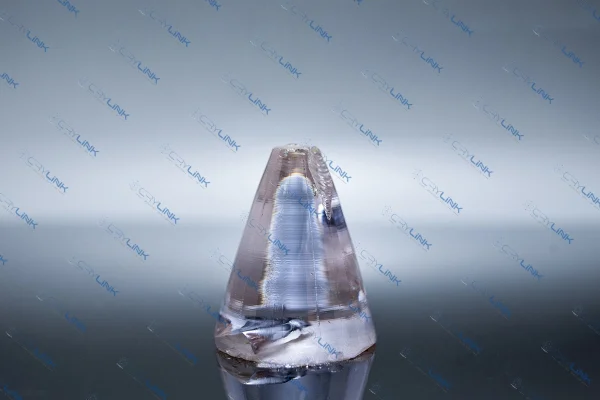
2. Nd:YVO4 (Neodymium-Doped Yttrium Vanadate)
The Nd:YVO4, or Neodymium-Doped Yttrium Vanadate, is another exemplary gain medium in the laser landscape, and while it shares some similarities with the Nd:YAG, it has unique attributes that set it apart.
When we talk about the emission wavelength of Nd:YVO4 lasers, they resonate around the 1064 nm mark, strikingly similar to that of Nd:YAG. But that’s where the direct comparisons end. The Nd:YVO4 possesses different absorption and emission cross-sections. In layman’s terms, this means that while the output wavelength might be the same, the way the Nd:YVO4 interacts with incoming light, and subsequently how it emits the laser light, is distinct from its YAG counterpart. This distinction can be crucial, especially in applications where the behavior of the laser, more than just its wavelength, plays a pivotal role.
Delving into energy storage, the Nd:YVO4 doesn’t store as much energy as the Nd:YAG. But before one jumps to conclusions about its efficacy, it’s essential to note its superior absorption coefficient. Think of it as a sponge that might be smaller but is more efficient at soaking up water. The higher absorption means that when the Nd:YVO4 is pumped with energy, it can absorb it more effectively, leading to efficient pumping and, subsequently, a potent laser output.
In the realm of peak power and efficiency, the Nd:YVO4 doesn’t disappoint. Its slope efficiency is commendable. Without diving deep into the technicalities, a higher slope efficiency indicates a more direct relationship between the input (pumping) energy and the output laser energy. Especially when used in configurations pumped by diodes, the Nd:YVO4 lasers showcase their prowess by achieving high peak powers, making them invaluable in scenarios where intense, short bursts of energy are paramount.
However, every rose has its thorn, and for the Nd:YVO4, the challenge lies in thermal management. While it boasts a shorter pulse duration, a feature that can be a boon in specific applications where quick, precise energy delivery is required, this medium needs careful handling to ensure the beam’s quality remains uncompromised. Thermal issues, if not managed meticulously, can lead to distortions and other undesired effects, potentially compromising the laser’s performance.
In summary, the Nd:YVO4, with its unique properties and challenges, is a testament to the fact that in the world of lasers, there’s no one-size-fits-all. Each medium, with its strengths and limitations, finds its niche in the vast spectrum of applications, pushing the boundaries of what lasers can achieve.
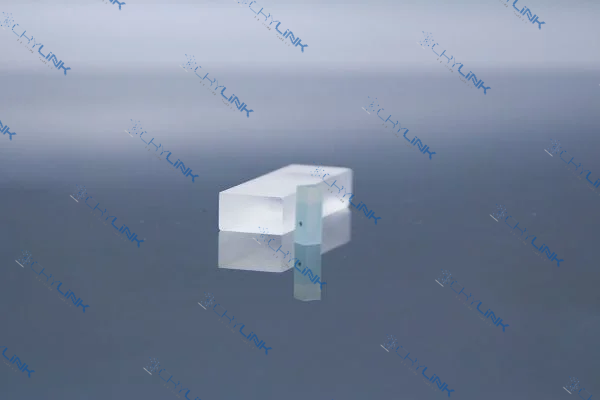
3. Nd:Glass (Neodymium-Doped Glass)
The world of lasers boasts a rich tapestry of materials, each bringing its unique flavor to the table. Nd:Glass, or Neodymium-Doped Glass, is one such medium, distinct from its crystalline counterparts, and offers a set of attributes that carve out a niche for it in various applications.
One of the standout features of Nd:Glass lasers is their emission wavelength. Unlike some other laser media that have a narrowly defined emission, Nd:Glass lasers come with a broader spectrum. Centered typically around 1053 nm, this broadness is not just a trivial fact on a spec sheet; it offers tangible benefits. A wider emission spectrum provides more flexibility in tuning the laser’s output wavelength. This adaptability means that with a single gain medium, one can achieve different output wavelengths, a feature that’s invaluable in research and other applications where variability is key.
Energy storage is another domain where Nd:Glass lasers shine, quite literally. The intrinsic nature of glass gives it longer fluorescence lifetimes. For those less acquainted with laser jargon, this essentially means that the Nd:Glass can store energy for more extended periods. This attribute translates to impressive energy storage capabilities. Especially in high-energy applications where there’s a need to deliver intense bursts of energy, Nd:Glass lasers stand out as the go-to option.
However, every material has its trade-offs. While the Nd:Glass lasers do offer a significant peak power, when it comes to quantum efficiency, they fall a tad short, especially when juxtaposed with their crystalline brethren like Nd:YAG. Quantum efficiency, in simple terms, is a measure of how effectively a system can convert input energy into useful output. While Nd:Glass lasers are no slouches, they don’t quite match the efficiency levels of some crystalline materials.
Lastly, the broader emission linewidth of Nd:Glass lasers is worth highlighting. This feature allows for more extensive tunability, further enhancing the flexibility they offer. Moreover, despite being a non-crystalline medium, Nd:Glass manages thermal effects quite adeptly. This thermal stability ensures that the laser’s performance remains consistent, even in extended operations.
In essence, Nd:Glass lasers, with their unique blend of attributes, underscore the beauty of diversity in the laser world. While they might have specific challenges, their strengths make them indispensable in scenarios where their unique capabilities are sought after.
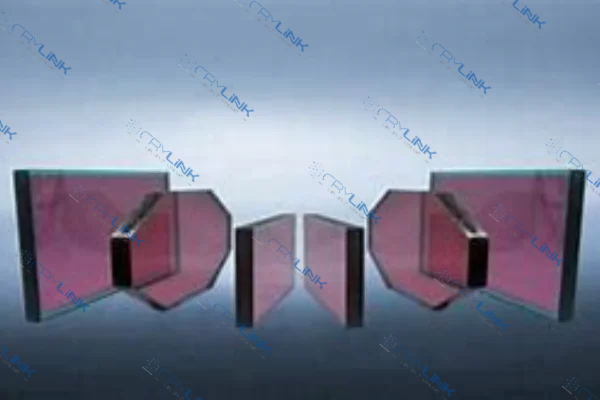
4. Cr:YAG (Chromium-Doped Yttrium Aluminum Garnet)
Cr:YAG, or Chromium-Doped Yttrium Aluminum Garnet, holds a unique position in the laser domain. Unlike its more popular counterpart, Nd:YAG, Cr:YAG offers a set of characteristics that make it especially suited for specialized applications.
Diving into its emission wavelength, Cr:YAG lasers predominantly emit in the near-infrared region. While this in itself might not sound extraordinary, the peaks around 1338 nm and 1440 nm set it apart. These specific emission wavelengths can interact uniquely with materials, making Cr:YAG lasers particularly effective in applications where other laser types might not be as efficient. In the vast realm of laser applications, having a laser source that offers a distinct interaction based on its wavelength can be the difference between an average outcome and an optimal one.
When it comes to energy storage, Cr:YAG lasers offer moderate capabilities. While they might not be the champions of energy storage, it’s essential to understand that not every application demands extreme energy reserves. For specific niche applications where the balance between energy storage and other laser attributes is crucial, Cr:YAG lasers find their place.
Regarding peak power and efficiency, Cr:YAG lasers present an interesting narrative. While they might not rival the peak power of heavyweights like Nd:YAG, their unique emission wavelengths offer them an advantage that peak power alone can’t provide. In scenarios where the interaction of the laser with a material or system is more critical than sheer power, the Cr:YAG lasers become indispensable.
A notable aspect of Cr:YAG lasers lies in their adaptability. They are often employed as passive Q-switches in Nd:YAG lasers. For those unfamiliar with the term, Q-switching is a technique used to produce short, high-intensity pulses. The fact that Cr:YAG can be integrated into other laser systems to enhance their performance speaks volumes about its versatility. Furthermore, in terms of thermal properties, Cr:YAG doesn’t lag behind. Its thermal characteristics align well with other YAG-based media, ensuring that while operating, the beam quality and performance remain consistent.
In conclusion, Cr:YAG lasers, with their specialized emission peaks and adaptability, emphasize the importance of having diverse laser media. Their contribution, especially in specialized applications, reinforces the idea that in the world of lasers, there’s a perfect tool for every job.
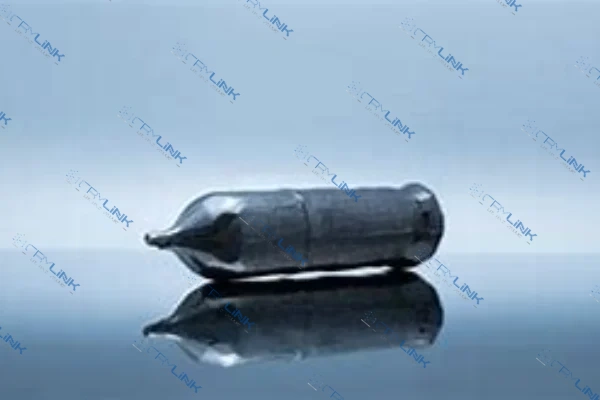
ALL Laser Crystals Conclusion
Choosing the right gain medium for nanosecond laser systems is pivotal for optimizing performance. While Nd:YAG and Nd:YVO4 are renowned for their efficiency and peak power, Nd:Glass offers unmatched energy storage. Cr:YAG, with its unique emission wavelengths, caters to specific niche applications. By understanding the intricacies of each medium, we can harness the true potential of laser systems for a myriad of applications.
FAQs
- What is the primary emission wavelength of Nd:YAG lasers?
- Nd:YAG lasers primarily emit at 1064 nm.
- Why is energy storage capability crucial for laser systems?
- Energy storage dictates the peak power of lasers, especially in pulsed operations, influencing their application potential.
- How does Nd:Glass differ from Nd:YAG in terms of emission?
- Nd:Glass has a broader emission spectrum, typically centered around 1053 nm, offering more flexibility in tuning.
- Are there any unique applications for Cr:YAG lasers due to their emission wavelengths?
- Yes, their primary peaks around 1338 nm and 1440 nm make them suitable for specific niche applications.
- Which gain medium requires meticulous thermal management?
- Nd:YVO4 needs precise thermal management to maintain beam quality.


